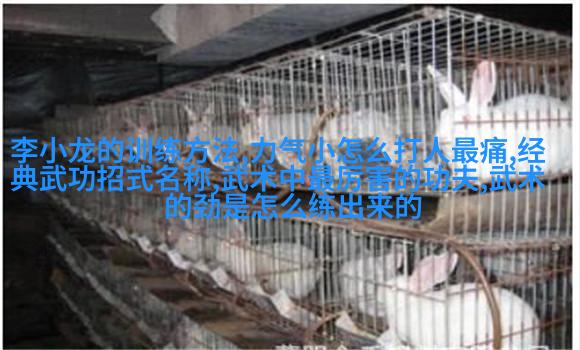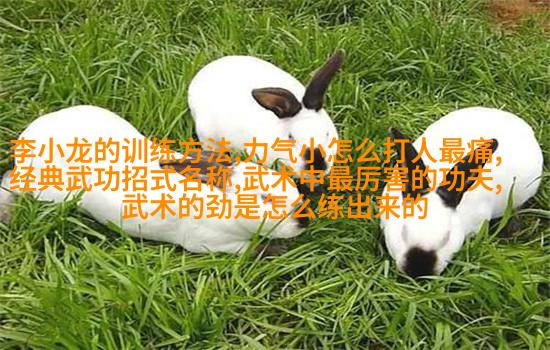

峨嵋通背心猿家拳谱:唐末宋初,有陈摶、字图南、安徽亳洲真源人,赐号希夷。初游太山岭、长松下与安期黄石辈论出入世法和不死药,曰:安能出入轮廻间哉?乃弃家业,携一石鐺而去。遇鹿皮处士,谓五当山石崖可隐。游往栖焉。服气避谷,凡二十餘年,感五气龙君,授以睡法拳法,sleeping as a means of exercising the body, and practicing the twenty-four forms of the Heart Sutra. This is based on the twelve celestial spheres and five elements, passed down through generations from Chen Shou to Wu Dang Mountain, then to Huashan.

Later, it was transmitted by Chen Shou to Si Tu Guangkong, who became known as White Monkey Old Man. In the Ming dynasty's Wanli period (1573-1619), Guangkong transmitted this art to Huike Fashi of Shaolin Temple in Henan's Songshan Mountains. From then on, Shaolin Temple had an art known as "Tongbei."
Huike also transmitted this art to Bai Yufeng, who passed it on to Ji Zhitong from Shandong Weiyuan County. In Qing's Qianlong period (1736-1795), Ji Zhitong passed it on to Zhang Dongfeng.

In 1927 during China’s Republic era (1912-1949), Zhang Dongfeng transmitted this art in a book titled “The Secret Manual for Practicing Tongbei.”
This manual describes how Lu Yunqing studied martial arts under Master Stone Seven before becoming his disciple. Master Stone Seven was once a soldier who received imperial recognition for defeating bandits in Beijing during the Taiping Rebellion.

Lu Yunqing eventually returned home and continued teaching martial arts while running a business selling leather goods. He taught three students: Han Tunyi from White Cloud Temple; Liu Ziyin, a doctor; Zhang Wenqing; Item Zhongsun; Ma Xiaohe from Niu Street’s Muslim community.
Ma Xiaohe originally practiced Tanlegu boxing but later learned Tongbei under Master Stone Seven after being introduced by Liu Ziyin’s brother-in-law Liujizhi.

Ma Xiaohe was born in 1841 and died in 1903 at age sixty-two while living in Beijing’s Xichang District near Yongding Gate Market where he sold leather goods.
After China abolished civil service exams for martial artists in 1901 due to foreign pressure following Japan's invasion of Korea that year (1894) – which led Western powers demanding reforms – many practitioners moved their focus towards street fighting or jianghu practices like those found among Niu Street fighters like Ma Xiaohe and others whose styles were influenced by various schools such as Tai Chi Chuan with its emphasis on balance between yin-yang principles combined with both internal strength called neijin () or external power called waijin (), together they developed unique fighting techniques characterized by close-range combat involving grappling takedowns followed immediately afterward with punches or kicks designed specifically against different types of opponents depending upon whether they were tall/short/tall-and-short respectively so these could be considered special moves within each style itself without needing any additional knowledge beyond what has already been described here about how these systems work best when used properly because there isn't anything else left over after considering everything mentioned above except maybe some extra time spent perfecting one's skills through consistent practice every day even if only briefly before bed at night just like people do with other activities too sometimes take breaks though remember rest is important part recovery process especially after intense physical exertion which can help prevent injuries so always listen carefully what your body tells you feel free ask questions anytime!


2025-05-06

2025-05-06

2025-05-06

2025-05-06

2025-05-06

2025-05-06

2025-05-06

2025-05-06

2025-05-06

2025-05-06